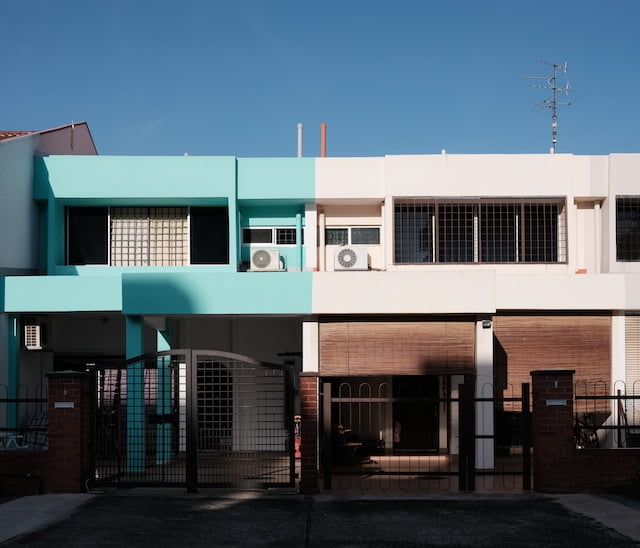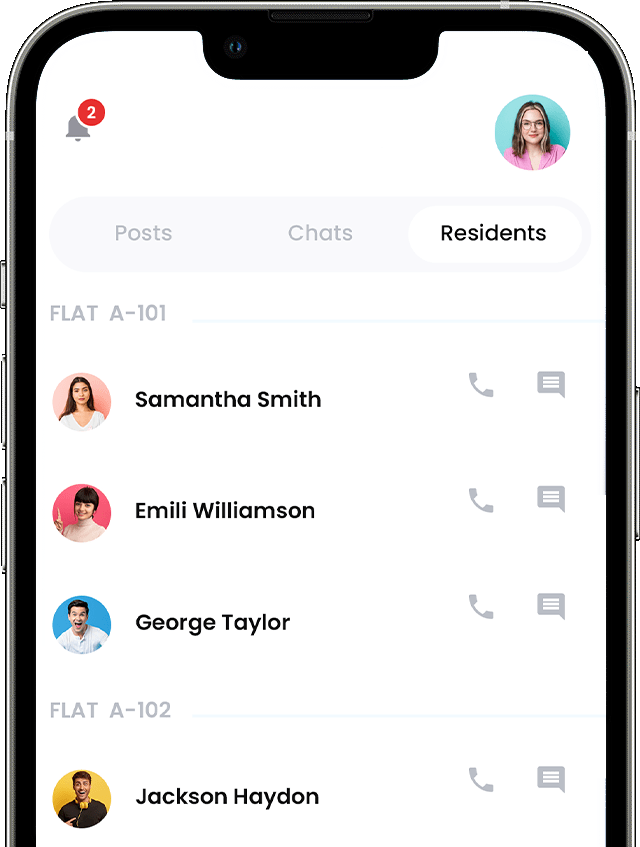A Guide to Resolving Common Resident Issues in a Neighbourhood
In the realm of Malaysian community living where diverse backgrounds and unique cultural challenges exist, navigating neighbourhood dynamics demands an understanding and a commitment to resolving common resident issues. This article provides insights and tips for a harmonious living environment. It is a guide to resolving common resident issues in a neighbourhood, especially for homeowners, renters, and community association members.
Understanding the Dynamics
In Malaysia, the term “neighbourhood” is more than just geographical proximity. It embodies a rich community with diverse cultures, traditions, and lifestyles. It is common for people with different cultural backgrounds to live together in a neighbourhood in Malaysia. There could be Malays, Chinese, Indians, and expatriates. Recognizing and appreciating this diversity is a necessity for successfully navigating the intricate landscape of nieghbourhood dynamics.
Whether it is the clash of cultural practices or differences in lifestyle choices, each element contributes to the complexity of neighbourhood dynamics. As residents, our shared responsibility extends beyond our property lines. All of us must also contribute to the well-being of the community.

Common Resident Issues
1. Noise Complaints
Living in close quarters, residents experience the challenge of noise disturbances. Identifying the source is key to addressing this concern. The next step involves initiating a respectful dialogue with the parties involved. The emphasis should be on fostering understanding rather than confrontation.
2. Property Maintenance
Maintaining the aesthetic appeal of a neighbourhood is a shared responsibility that binds residents to create a visually pleasing environment. Open communication serves as the cornerstone for addressing property concerns effectively.
Encouraging residents to actively engage in dialogue about property upkeep through resident council meetings or residential community apps can be a great idea. Establishing a neighborhood beautification initiative not only enhances the visual appeal but also instills a sense of pride among residents. Sharing resources for property maintenance further strengthens the community’s commitment to creating a well-maintained living space, embodying the Malaysian spirit of unity in diversity.
3. Parking Disputes
Parking disputes can be a common source of tension among residents in both condominiums and terraced neighbourhoods in Malaysia. In condominiums, challenges often arise due to limited parking space and high demand. Residents may find themselves in conflicts over assigned parking spaces, particularly if the allocation is perceived as unfair. The absence of clearly designated visitor parking spots can further strain relations, as residents may feel irritated when their assigned spots are parked by guests or outsiders.
In terraced neighbourhoods, limited driveway space can force homeowners to rely on street parking. This can sometimes lead to disputes especially when there are vehicles that obstruct the traffic or cause inconveniences to other residents. Besides, public streets in terraced areas may become battlegrounds for parking. Residents compete for limited spaces, resulting in conflicts over the right to park in certain spots or areas. Houses with shared driveways may also encounter issues if there is no clear agreement on how parking spaces are allocated.

4. Communication Breakdowns
No conflicts or issues can be solved without the right communication channels or methods. Effective communication stands as the foundation of any community. In Malaysia’s diverse neighbourhoods, languages, cultural nuances, and various communication styles can contribute to breakdowns.
A lack of communication channels such as regular meetings, town halls, and online communication platforms can escalate resident issues further. These communication channels should be provided for residents to voice concerns and share ideas. Encouraging neighbours to address concerns directly can foster an environment of open dialogue. As a result, it allows for the swift resolution of various issues.
Strategies for Resolution
1. Mediation
In the face of conflicts, mediation stands as a potent tool for resolution. It involves engaging neutral third parties that can facilitate constructive dialogues. In the Malaysian context, mediation becomes a means to foster understanding, empathy, and compromise. Establishing a community association or involving personnel from property management can create a structured environment for community involvement. When an issue arises between two residents, the third party can become an active contributor to the resolution of the issue by promoting a sense of collective accountability.
2. Establishing Community Guidelines
Collaboratively creating community guidelines is a proactive step toward preventing and addressing common issues. Through collective input, residents can develop guidelines that reflect the values and expectations of the community. The guidelines must remain dynamic and relevant to the evolving needs of the community. Besides, clear communication via the guidelines can foster a shared understanding of the expectations and create a blueprint for harmonious living.
3. Promoting Social Events
Organizing community events becomes an important strategy for fostering unity and strengthening bonds. These events provide residents with opportunities to interact in a relaxed setting. Shared experiences during these events contribute to increased understanding among neighbours. Whether it is a neighbourhood barbecue, a cultural celebration, or a community cleanup, it provides a platform that brings residents together to create a positive atmosphere within the community.
4. Utilizing Technology
Leveraging technology is indispensable for enhancing communication and connectivity within the neighborhood. Implementing JiranKu as a dedicated neighborhood social platform becomes the digital nexus that binds residents together. Through JiranKu, residents can share real-time updates, information on events, and community news. The platform’s functionality facilitates open communication that enables residents to express concerns and provide feedback. As a technological ally, JiranKu is a property management app that can be used to foster a sense of connectivity. It ensures that residents are not just neighbours but active participants in the shared journey of community living.

Conclusion
In conclusion, understanding the dynamics of a Malaysian neighborhood is a journey of appreciation, respect, and collaboration. It requires a mindset shift from seeing differences as obstacles to recognizing them as opportunities for growth. By embracing diversity and utilizing tools like JiranKu, residents can proactively contribute to the creation of a vibrant, harmonious community that reflects the true spirit of Malaysia’s multicultural identity.